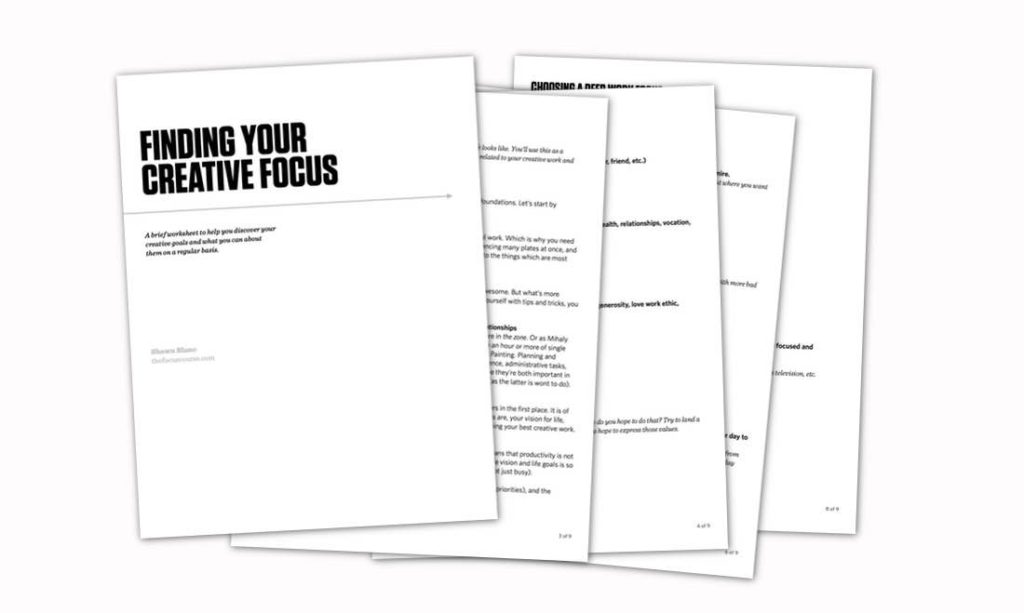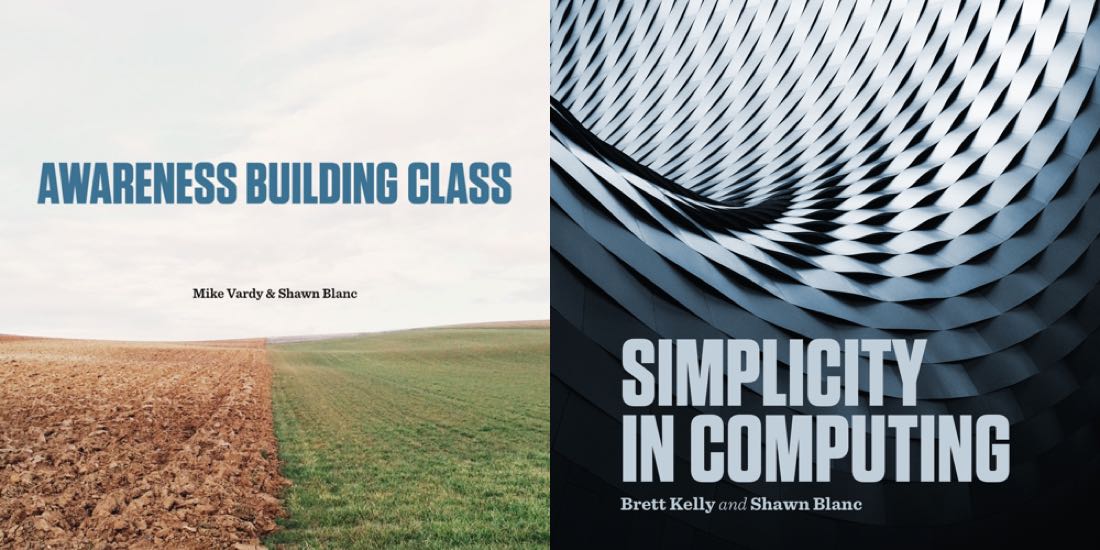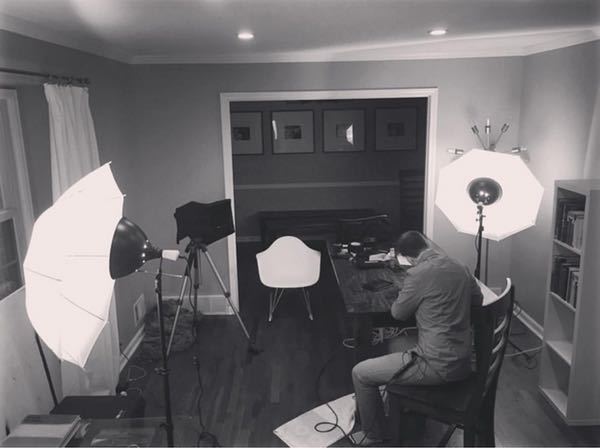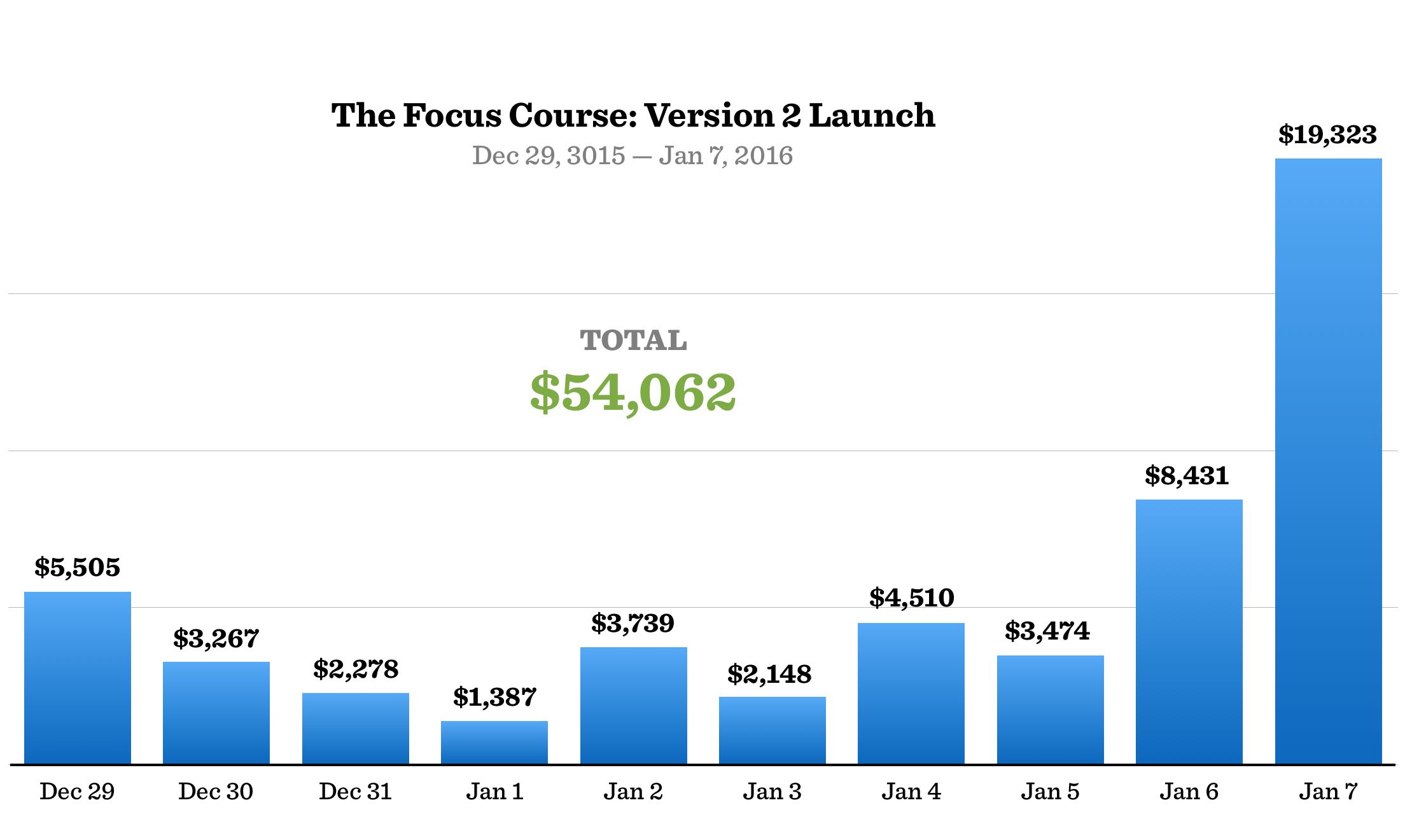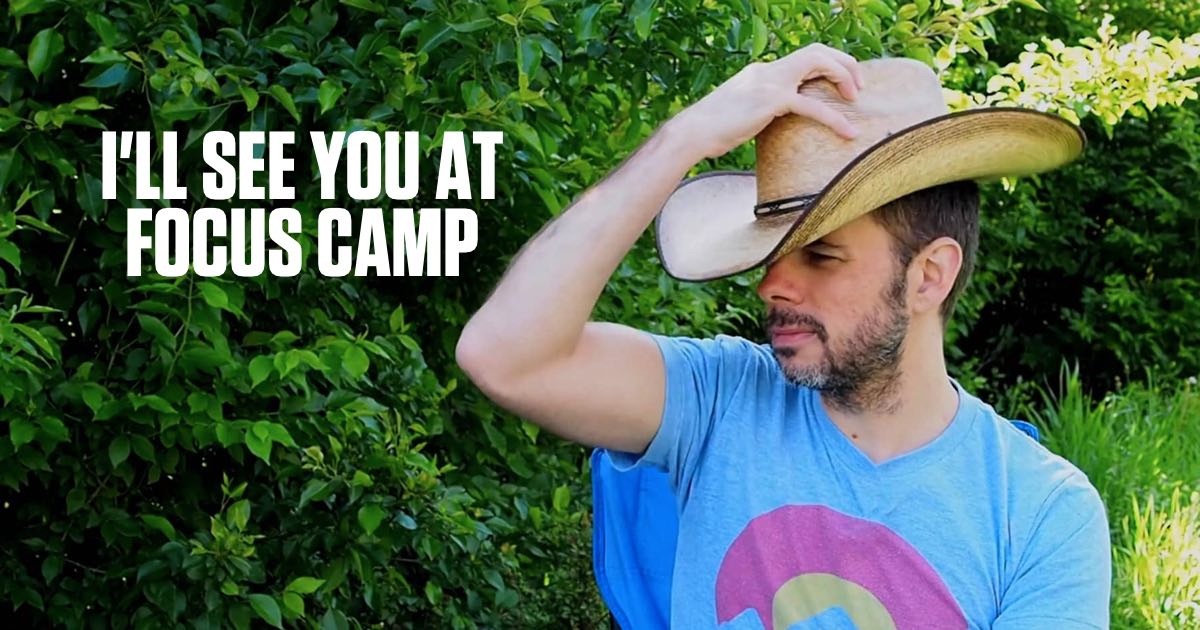Momentum is Everything
After the launch of The Focus Course, I was perplexed.
As I mentioned in my case study about the launch week itself, the course sold far beyond what I was expecting. And that left me asking how I could keep the momentum going.
Originally my plan for life after launch was that I’d return to my previous publishing rhythm of publishing links and articles on shawnblanc.net.
But when I saw how many people were loving the course and finding value from it, I knew there was more I could do.
So I decided to double down on the Focus Course and build the next thing under the “Focus brand”.
Momentum is everything.
As I talk about in this article — the thing holding you back from doing work that matters is not your current lack of money, time, or resources.
If you’re hungry for creative success, the good news is that there is a path to get there.
Because creative success is simply having the opportunity to consistently do creative work you’re proud of.
What’s holding you back is an unwillingness to show up every day.
Showing up every day looks different for different people. But I like to see it as a combination of two “systems” if you will.
- First of all is having a bias toward action and the commitment to create something every single day.
- Secondly is having a commitment to focus on the most important work. If you’re showing up but check email and Facebook instead, well, that doesn’t count.
Spend your creative time doing something only you can do.
Moving the needle forward in your projects. Push the limits of your creative ability. Provide value, surprise, and delight to others.
Which is why, in today’s article (which is Part 2 of my Focus Course case study series), I want to share with you how I’ve spent the past year since The Focus Course launch.
If I’m so adamant about showing up every day and building momentum, how then have I been spending my time and energy for the past year?
I’m going to tell you.
I’ll tell you how I got to work building The Focus Course into a brand of its own, rather than leaving it alone as a single product. I’ll tell you what I did to generate an additional $215,000+ of revenue after the launch week was over.
I’ll tell you what has worked well, what I would have done differently, and what I’ve learned from the past year that is informing my plans for the rest of 2016 and 2017.
Hopefully my first article helped inspire you to build and launch a product of your own.
And hopefully today’s article will give you ideas for things you can do in order to iterate on your current products or services, build your brand, and scale your business.
Speaking of which, I have a new course coming out later this year that goes. In the lead-up to the new course, I’ll be doing some live online training events centered around creating and entrepreneurship. And I’m also looking for pilot members who want to help walk through the content. If that’s something you’re interested, sign-up over here and I’ll send you more info.
